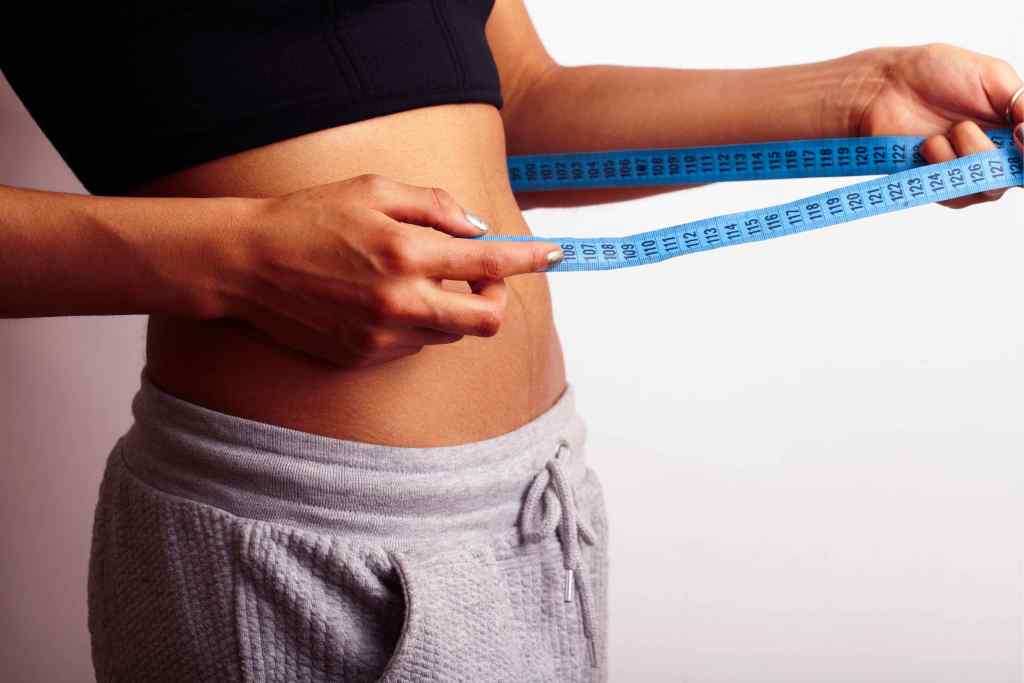
Body mass index, or BMI as it’s commonly known, is one of the most well-known ways to gauge physical fitness or body composition.
All you need is your height, your weight, and any one of the scads of free internet BMI calculators to get your score and learn where it falls on a predetermined scale:
- Underweight: BMI score of less than 18.5
- Normal weight: 18.5-24.9
- Overweight: 25-29.9
- Obese: 30 or greater
The BMI test is quick, free, convenient, and fairly useful from a public health standpoint — high BMI scores, for example, are consistently linked with heightened risks for heart disease, diabetes, and other serious health problems. It’s not a bad idea to know your BMI score — as long as you realize it doesn’t even begin to give you the 360-degree picture of your health or fitness. Because for all its plusses, BMI simply doesn’t tell the whole story.
For that, you need a little more time and a little more effort, but you’ll get a much more precise, realistic, and nuanced picture. Here’s more on why the BMI score is misleading — and how you can improve on it.

The problems with BMI
According to Dr. Robert Shmerling, MD, a senior faculty editor with Harvard Medical School, “BMI is not a perfect test. For example, results can be thrown off by pregnancy or high muscle mass, and it may not be a good measure of health for children or the elderly.”
There is another very good reason for this. As Shmerling explains, a BMI score “expresses the relationship between your height and weight as a single number that is not dependent on frame size.”
In other words, the BMI test is missing a lot of important data points. It’s a little like making Thanksgiving dinner with two ingredients.
To take more information into account, you need to dive a little deeper into your body dimensions.
Here’s what to do instead
There are a few different ways to fill in the gaps that exist in the BMI score. Try one or more of these alternative tools to see what works best for you.
Relative fat mass
Like BMI, relative fat mass (RFM) is a relatively simple calculation, but instead of weight, RFM relies on waist circumference. The formula differs slightly between men and women.
- Men: 64 – (20 x height/waist circumference — both in inches)
- Women: 76 – (20 x height/waist circumference — both in inches))
Studies have shown that the results achieved through RFM are more accurate and useful than BMI, and more closely resemble results found through more complex clinical tests.

Waist-to-Hip Ratio
Anyone with a measuring tape and a few extra minutes can quickly calculate their waist-to-hip ratio, or WHR. Here’s how to do it:
- Stand up straight and measure your waist circumference by circling a tape measure around the smallest part of your waist, just above your belly button.
- Measure your hip circumference using the distance around the widest part of your hips.
- Divide your waist circumference by your hip circumference.
A healthy WHR is 0.9 or less in men and 0.85 or less for women.
If you’re going to rely on this number moving forward, just be sure you’re consistent in when you measure yourself and where specifically on your body you are taking the measurements.
Both RFM and WHR have been shown to be more effective than BMI in gauging a full picture of body composition and serving as an early warning sign of sorts for the potential health risks that accompany being overweight or obese.
They also are better tools for assessing your personal fitness levels. Fat accumulates in the body in different patterns for different people over time — and also accumulates differently than muscle — so using the unique dimensions of your body naturally provides a more accurate picture.
While BMI can work as a general guidepost, it’s not the best tool for deeper dives into your body composition. Try either of these two to gain a clearer sense of your health and fitness levels.
BlissMark provides information regarding health, wellness, and beauty. The information within this article is not intended to be medical advice. Before starting any diet or exercise routine, consult your physician. If you don’t have a primary care physician, the United States Health & Human Services department has a free online tool that can help you locate a clinic in your area. We are not medical professionals, have not verified or vetted any programs, and in no way intend our content to be anything more than informative and inspiring.



